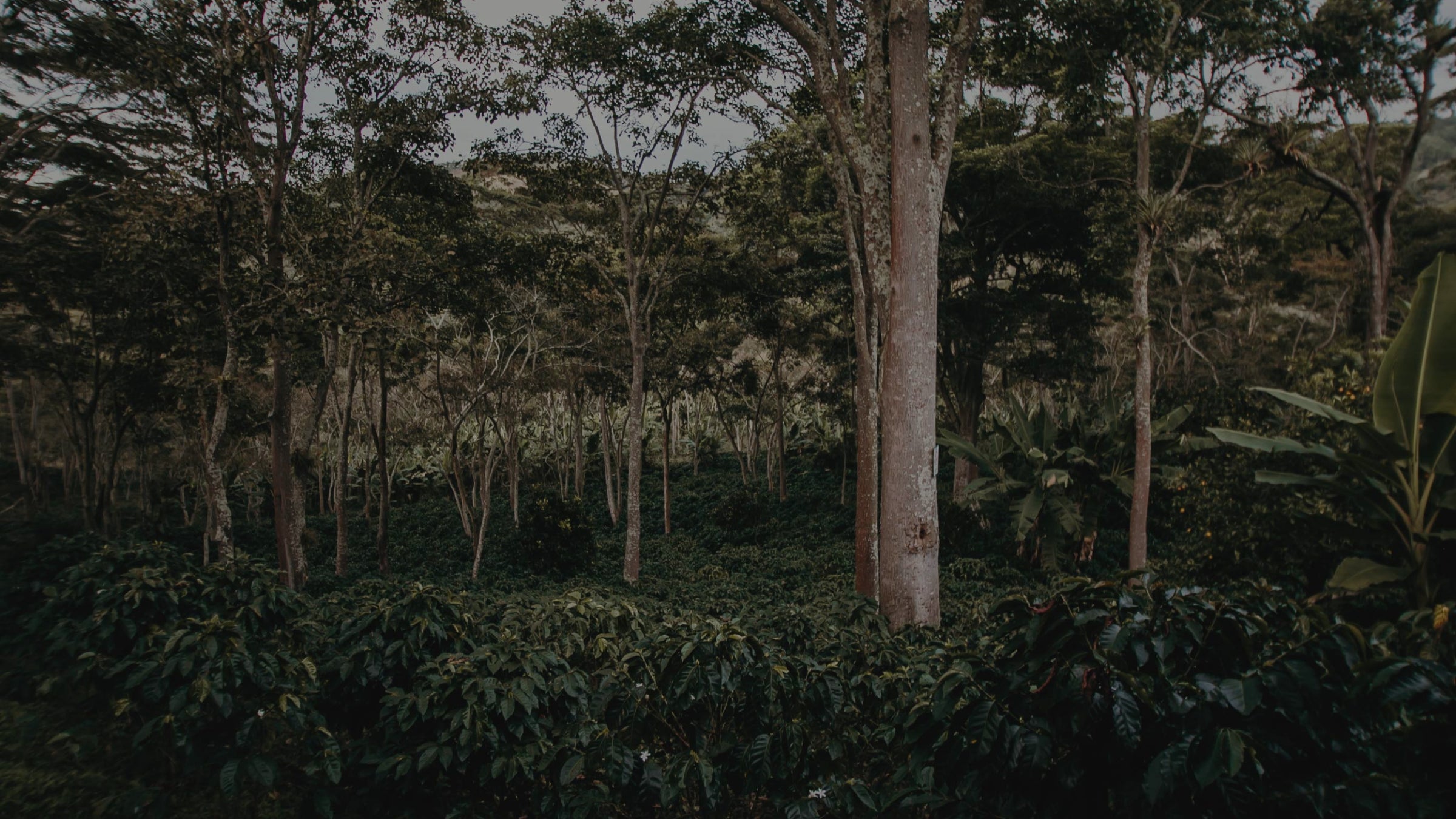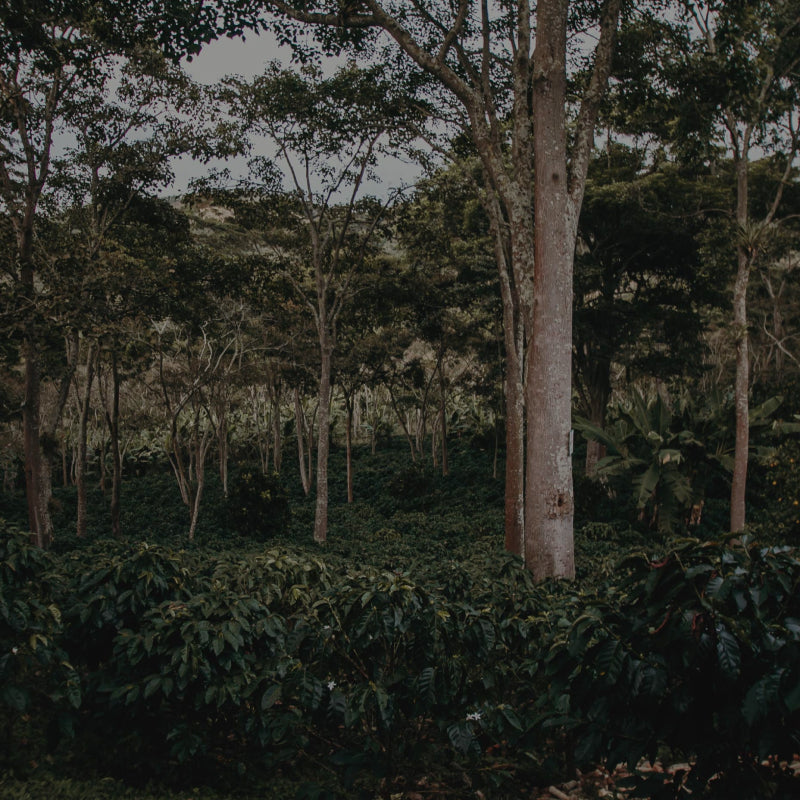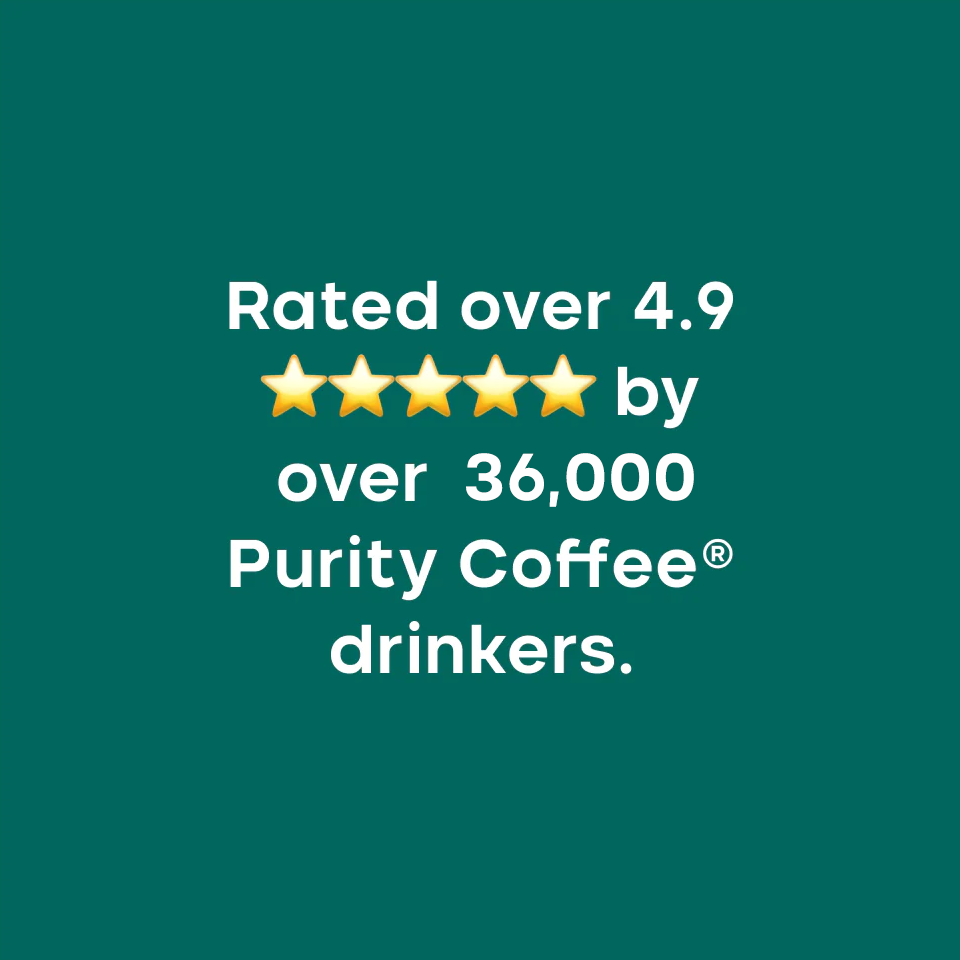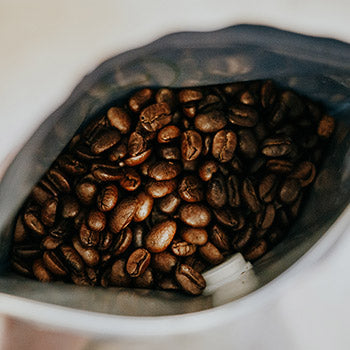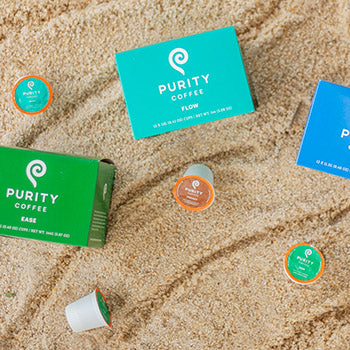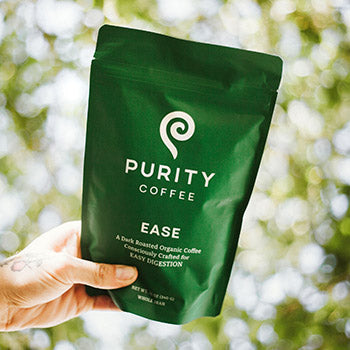At Purity Coffee we make every decision based on health first. We use the latest scientific research to optimize how we farm, source, test, roast and deliver our coffees.
We see these as fundamental standards as a starting point for continued innovation.
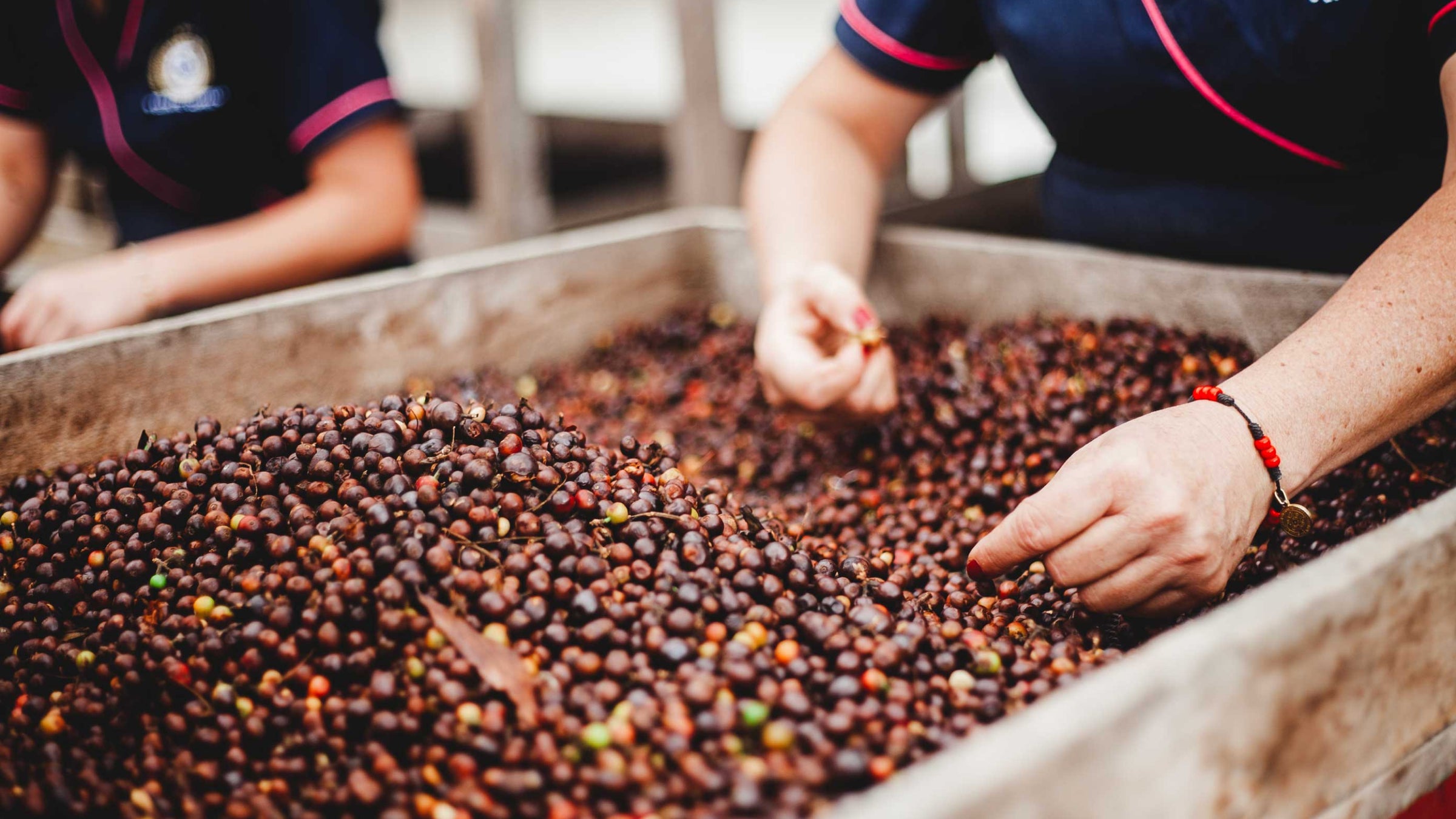
Distinctly high standards
We have built our process around the retention of coffee's most beneficial compounds at every single step and effectively minimizing any of the decidedly bad elements without sacrifice.
From the beans we select to how the coffee is packaged, every choice is made for health benefits. This strict adherence to our core standards is what sets Purity apart from any other coffee company in the world.
The Purity Process
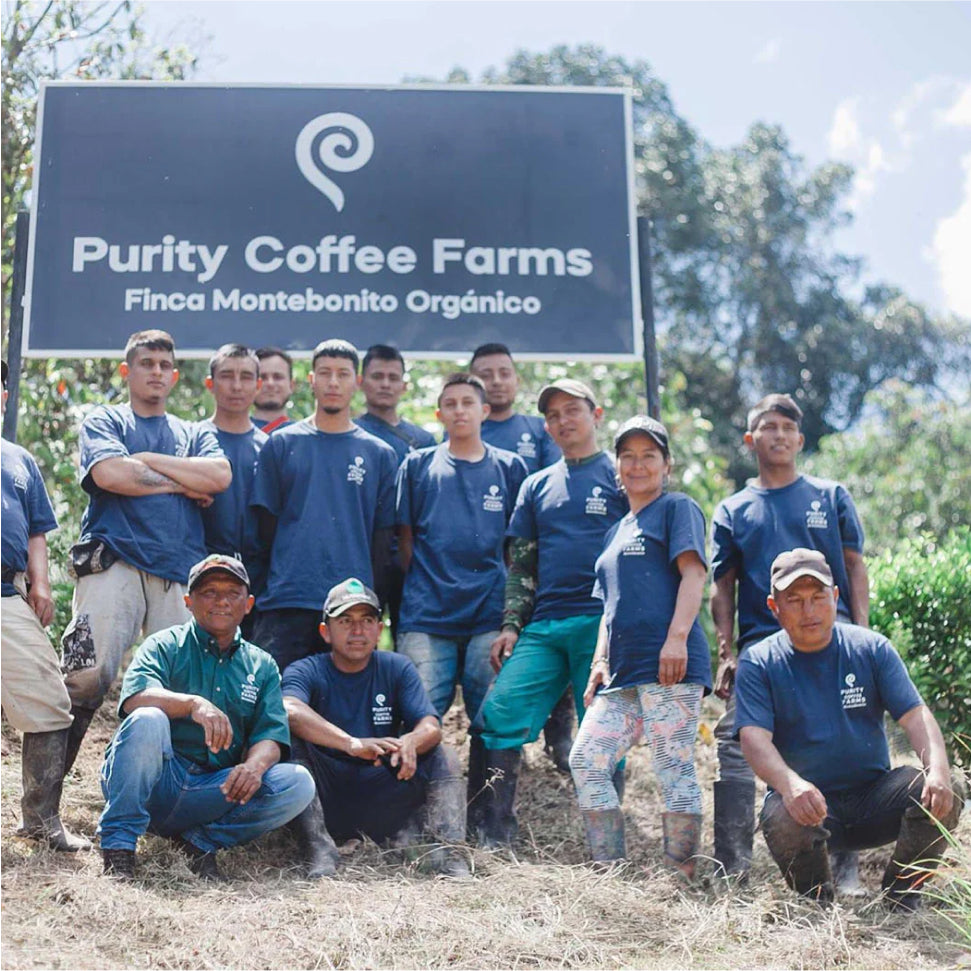
Farming
Coffee grown in the right way is the only coffee that can be truly optimized. Our industry is full of commercially-grown, large-yield operations, which results in lower costs, but also lower quality, nutrients and taste. Over years of testing, we recognized that the coffee highest in CGAs and other antioxidants comes from farms that use regenerative organic agriculture.
Purity is committed to producing regeneratively-farmed, certified organic coffees. This means that agricultural methods integrate cultural, biological, and mechanical practices, including cycling resources, enriching soils, fostering ecological balance, and promoting biodiversity. Regenerative organic farming is critical for the future of our earth…and food supply. Learn more about our commitment to sustainability.
Sourcing
We choose only the highest quality, ethically-sourced, specialty-grade coffee (scoring over 80/100 by the Speciality Coffee Association). Our coffee is made from hand-picked, organic arabica beans that are grown on fully-traceable farms and imported using only the most sustainable and environmentally-friendly methods. There are absolutely no chemicals or harmful additives.
Coffee bean defects occur for a multitude of reasons: poor agricultural, harvesting, and processing practices, bad seasonal weather, and problematic transportation or storage of the coffee. Our commitment to defect-free beans ensures an optimal roast and improves both health effects and taste.
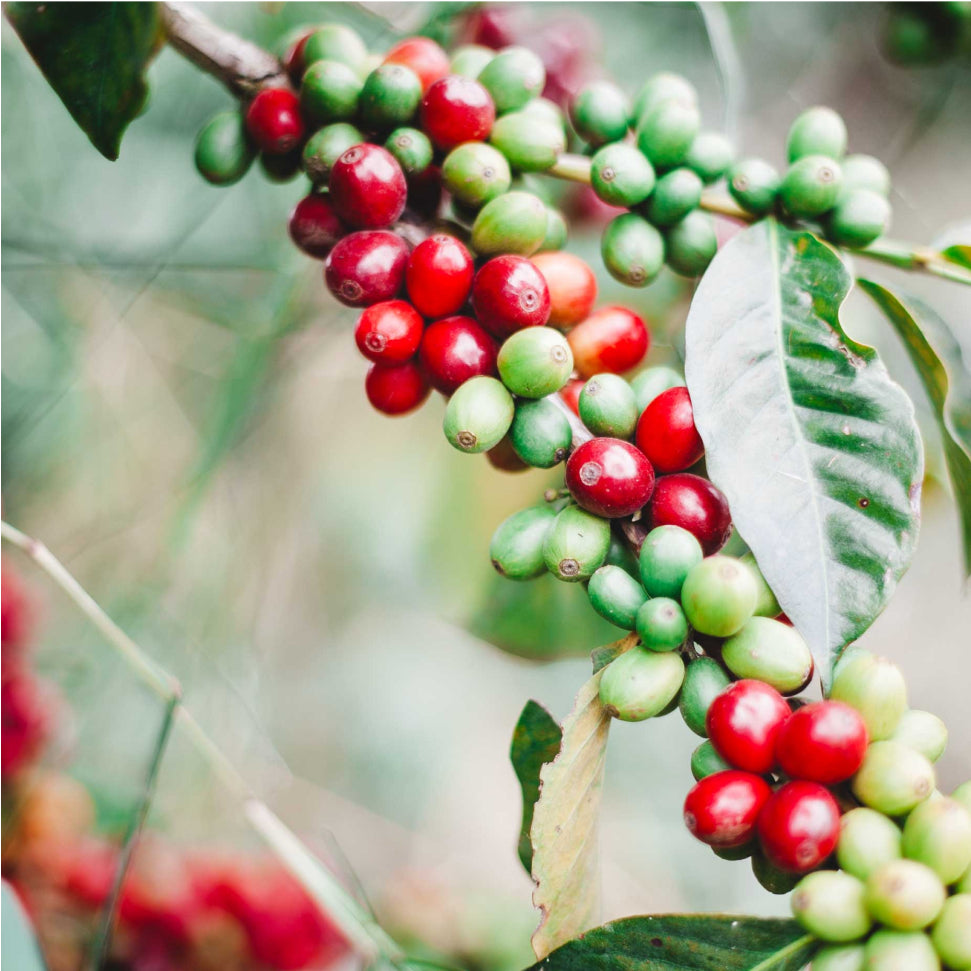
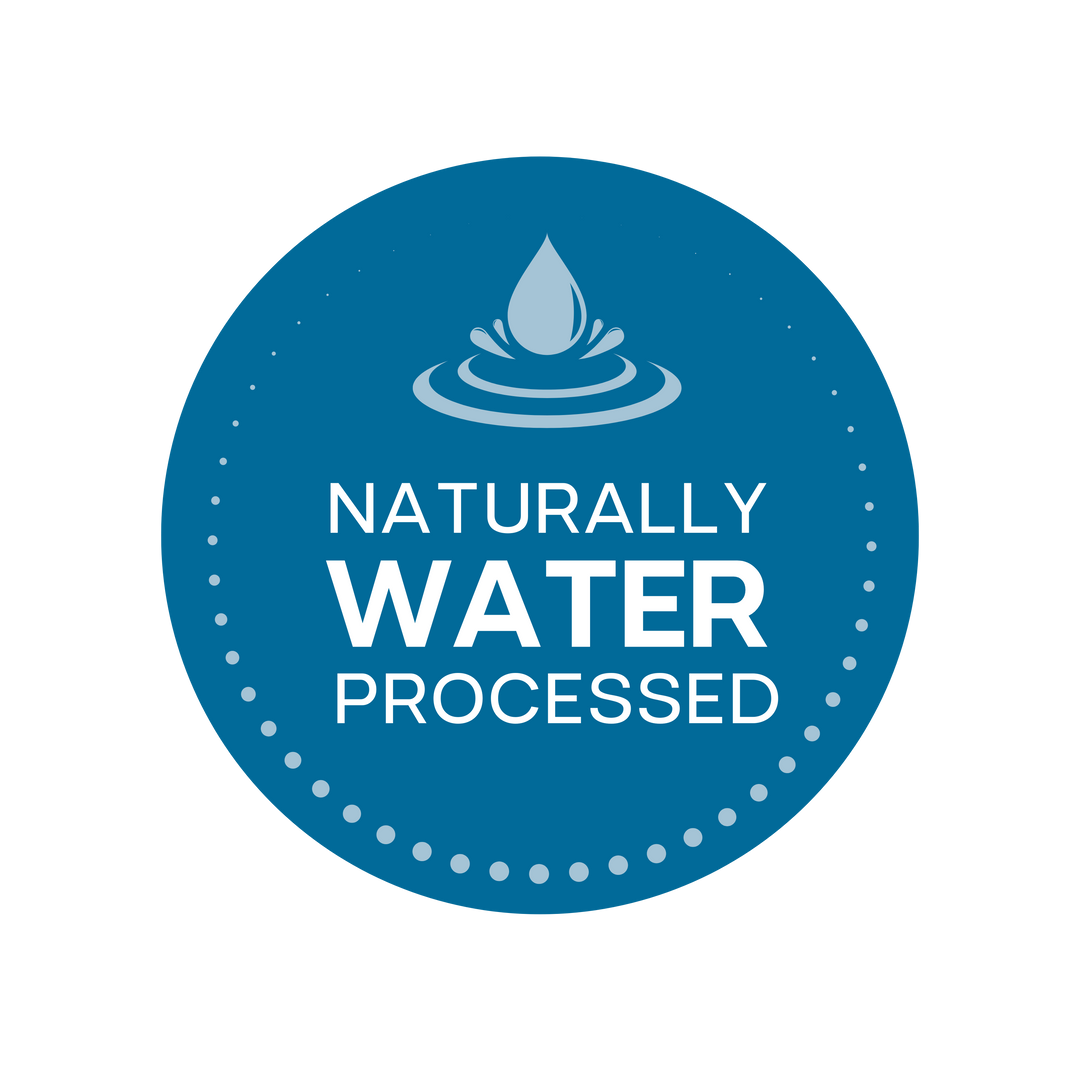
Decaffeination
We take the same highly vetted beans we use in our other coffees and send the coffee directly from the farm to the Mountain Water® Decaffeination facility in Mexico. The proprietary Mountain Water® Process (MWP) yields a coffee that is more than 99.9% caffeine-free, making it the best in the industry, and avoids any solvent-based methods that can leave behind toxic residues.
In addition, our roasting partner ensures the roasters are thoroughly cleared of any leftover regular coffee before doing a decaf run and roasts the decaf to a level that retains the maximum antioxidants. The result is the highest quality decaf on the market Learn more about Purity CALM here
Roasting
This phase in the Purity process is the most critical. The varying amounts of heat throughout the roast cause the chemical compounds to change in an incalculable number of ways. After testing the various outcomes of roasting protocols, we developed a signature sweet spot for our coffees. We roast long enough to burn off early toxins (such as acrylamide) and stop short of the point where carcinogens (PAHs) are produced.
In addition to honing the void of negative elements, we designed our specific roasting profile to maximize the levels of coffee’s most beneficial compounds. As the bean is roasted, healthy chlorogenic acids (CGAs) and other desirable antioxidant compounds diminish. Our goal is to be the highest in antioxidant compounds to amplify their health benefits, so we experiment with different curves and test the results for the profile that retained the most of these special compounds.
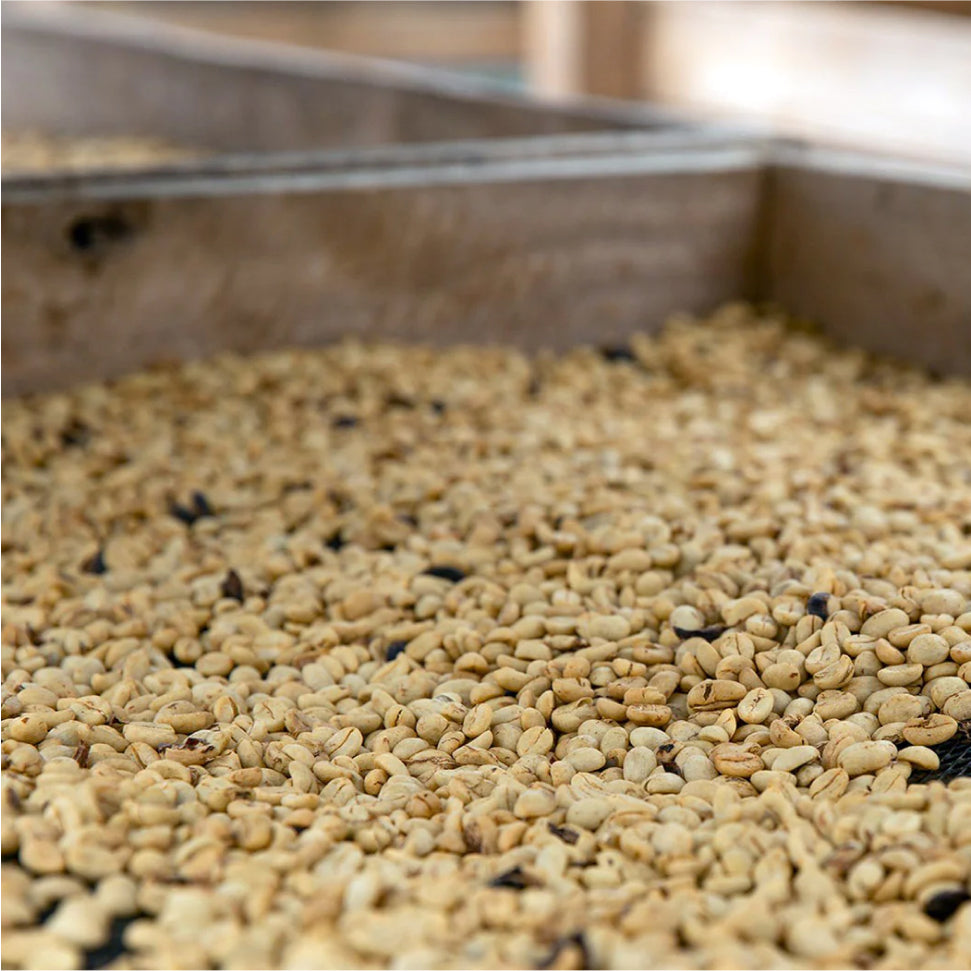
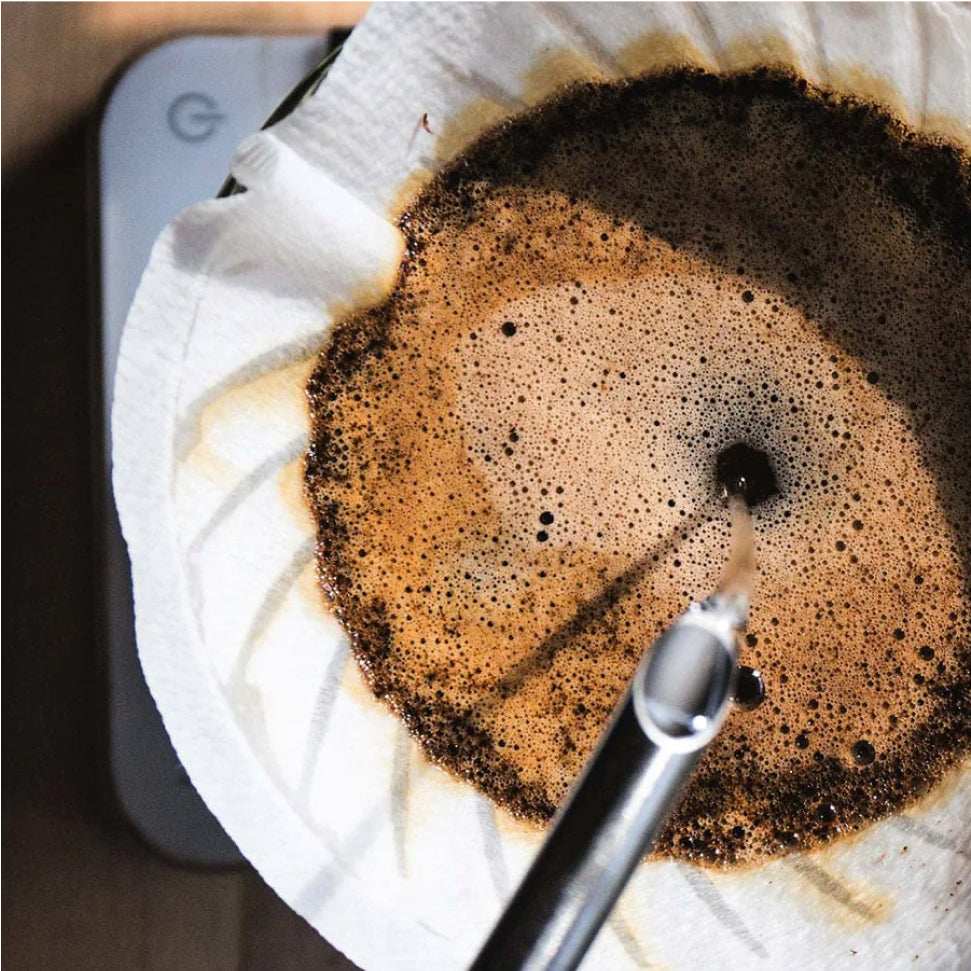
Testing
Through rigorous third-party testing, we ensure our coffee beans are free from pesticide residue, mold, mycotoxins, and other contaminants. Purity Coffee® is also the only coffee brand that is actively testing for and optimizing the retention of antioxidants and micronutrients.
For every criteria, we know where we stand. We aim for consistency, and we maintain it through lab-verified testing. Even though it may require going the extra mile when it comes to both time and money, Purity spares no expense. In total, we have spent over three hundred thousand dollars on 3rd party testing to be absolutely certain our strict standards are maintained.
Taste
Our approach to zero sacrifices includes taste. Our coffees are complex and balanced, having warm, classical coffee flavor profiles that are rich with notes of chocolates, nuts, fruits, and deliciously caramelized sugars that everyone can enjoy.
We blend our fully-traceable coffees to be replicable and consistent, yet always remain fresh regardless of the varying crop cycles of different origins. When you maximize every step, the result is a more delicious coffee with a difference you can taste and feel.

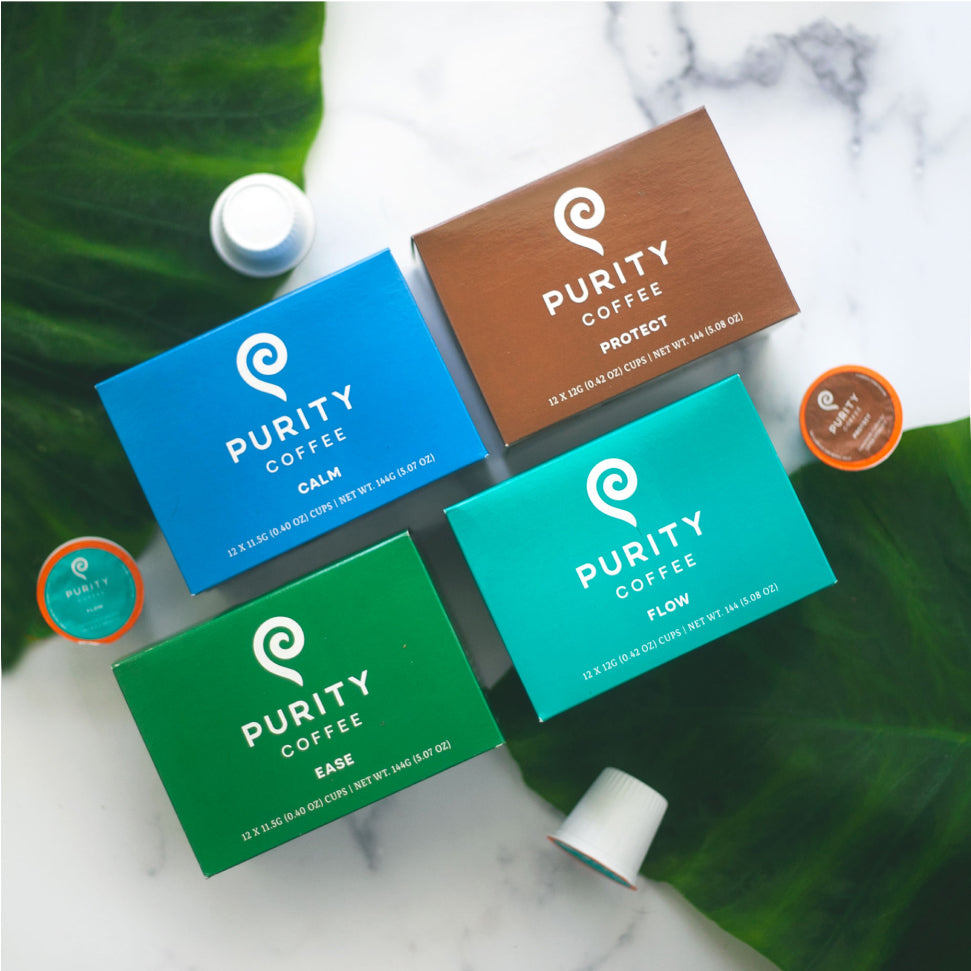
Packaging/Shipping
Virtually every food will eventually oxidize or spoil. Coffee is no exception – it stales and health benefits decline. Fresh coffee is simply better for you. Purity employs the most current industry practices to keep the coffee’s antioxidants from degrading and oils from turning rancid.
We work hard to make sure we don’t overbuy coffee. That’s how beans can end up languishing on shelves. We preserve freshness by flushing coffee bags with nitrogen and getting oxygen levels down to 2%. With Purity, you receive coffee as fresh as the day it was roasted.
Customer First Service
Conscientious coffee harvests, painstaking tests for toxin and antioxidant levels, and the freshest storing and shipping are among our many targets for excellence. But at the heart of it all, it’s our customers who inspire us to do better every day. We take all these steps so that you can enjoy as many health benefits that a balanced cup of coffee can offer. And that’s why we consider amazing customer service integral to our standards.


